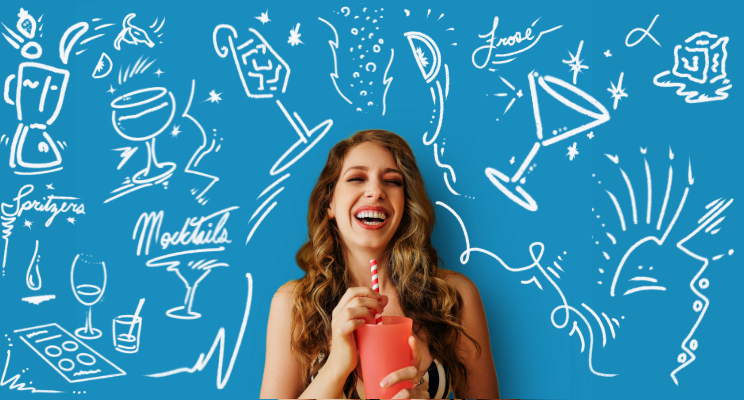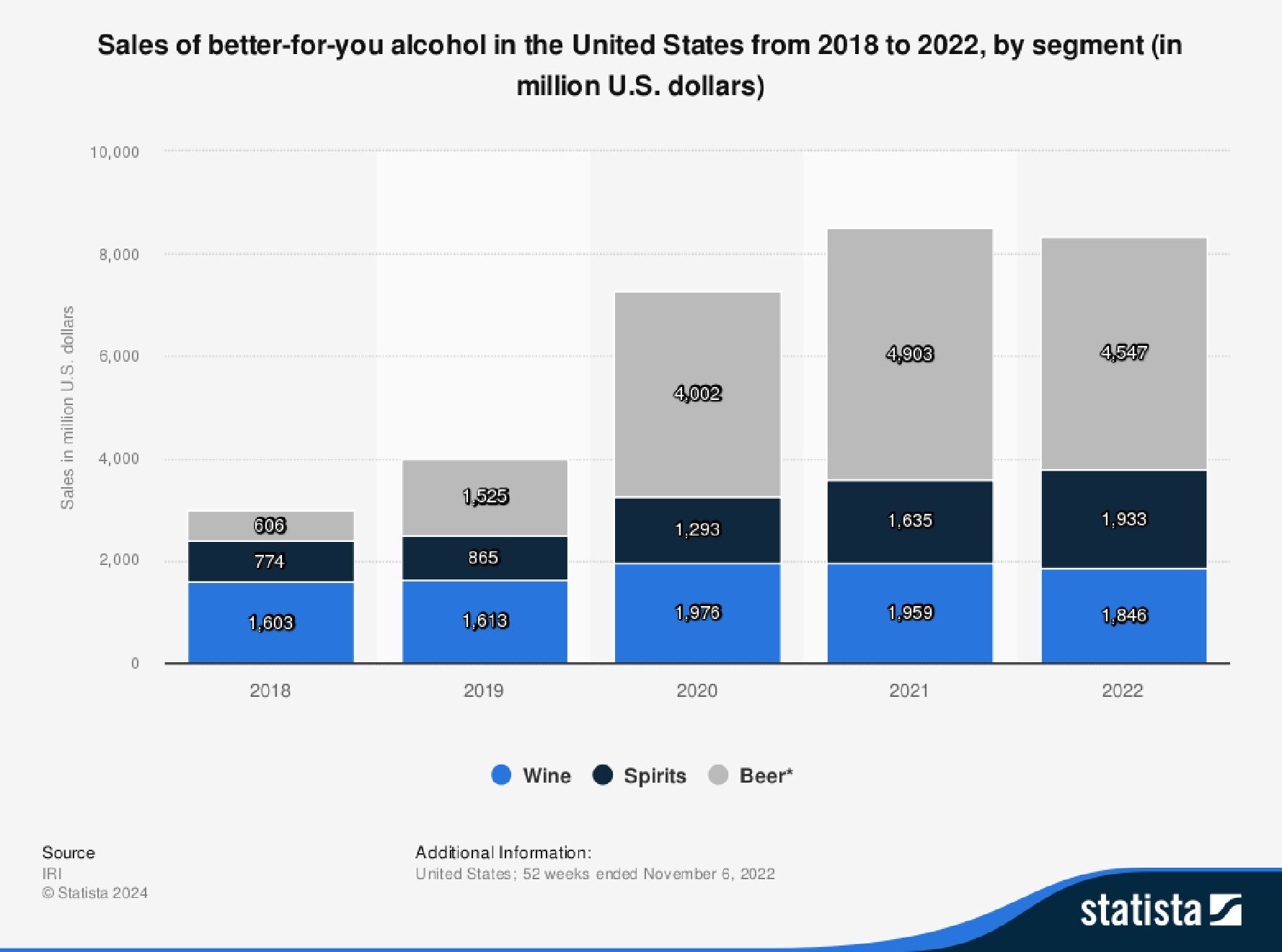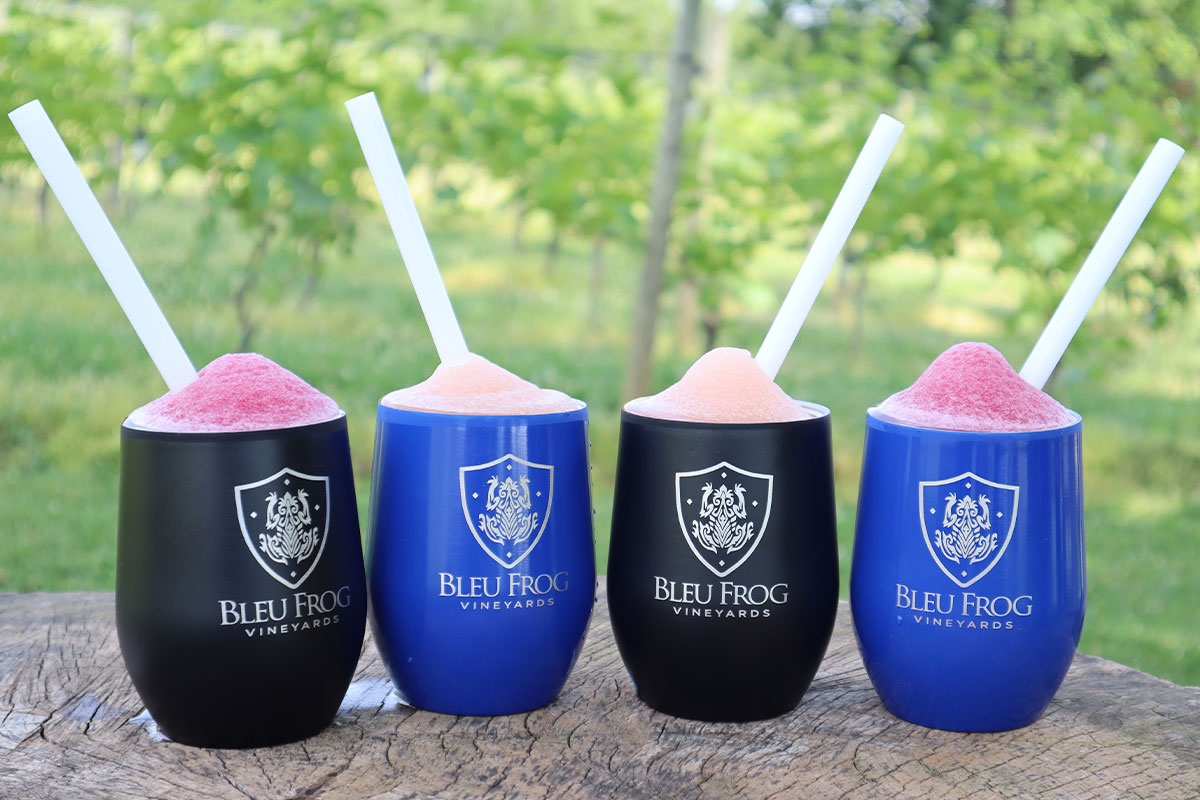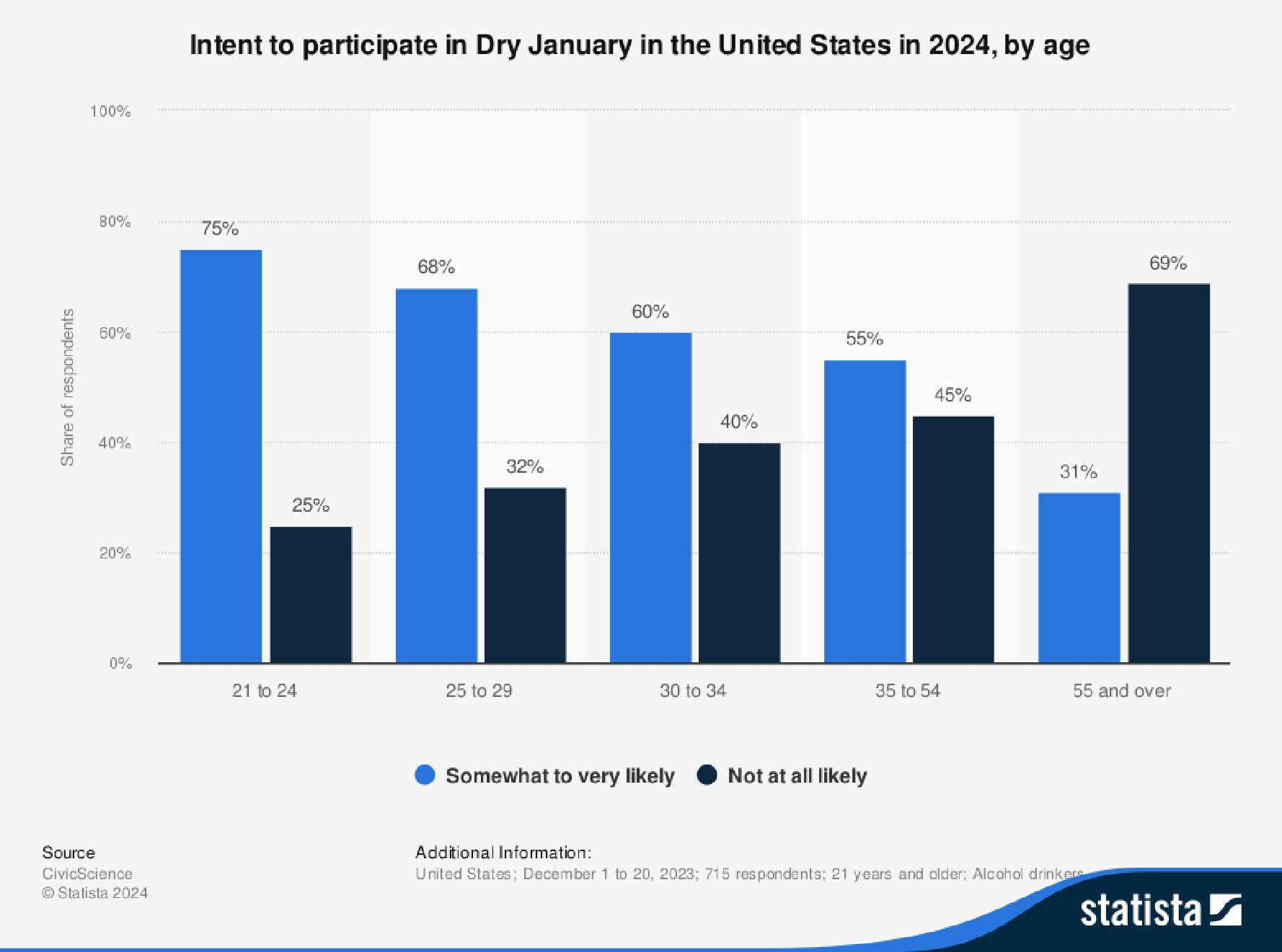
Sipping Beyond Tradition
The Rise of Alternative Beverages in Wine Tasting Rooms
In the ever-evolving world of wine, tasting rooms have long been sacred spaces for sampling vintages and educating consumers about winemaking. But recently, the definition of what belongs in a tasting room has expanded beyond the conventional pour. Enter the world of alternative beverages—non-alcoholic wines, wine-based cocktails like Frosé, and low-alcohol spritzers. These trends are carving out significant space, appealing to younger generations, health-conscious consumers, and a broader range of visitors.
The rise of alternative beverages in tasting rooms isn’t just a fleeting fad—it’s a response to shifting consumer preferences and lifestyle trends. The adaptability of tasting rooms to these new offerings is a testament to the industry’s resilience. The question now isn’t whether tasting rooms should adapt, but how they can complement the core identity of wine while capturing the attention of a broader audience.
Changing Consumer Preferences
Several studies have shown that modern consumers, particularly Millennials and Gen Z, are more inclined toward moderation in alcohol consumption. According to NielsenIQ, sales of non-alcoholic beer, wine, and spirits in the U.S. grew by 31% year-over-year in 2022, reaching $510 million. This growth reflects consumers’ increasing prioritization of health and wellness and their desire for moderation in alcohol consumption. Non-alcoholic beer dominated the category with 85.3% of sales, followed by non-alcoholic wine at 11.2%, and non-alcoholic spirits, which saw a dramatic 94% growth.
Drizly, an alcohol e-commerce platform, reported similar findings. In 2022, the platform saw a 21% increase in sales of non-alcoholic beer, 20% growth in non-alcoholic wine, and 50% growth in non-alcoholic spirits compared to 2021. This surge reflects a generational shift, with younger consumers—especially Gen Z and Millennials—driving much of the demand for these products.
The overall no- and low-alcohol category is expected to grow at a compound annual growth rate (CAGR) of 7% through 2026, with no-alcohol products leading the way. This shift is primarily driven by consumer interest in wellness, variety, and the desire for more moderate drinking options. This shift is due to an increased focus on health and wellness, but it’s also about balance and variety. Younger consumers seek experiences that offer the same sophistication as traditional wines without the alcohol.

Let’s combine that data with another interesting tidbit: Most affluent Millennials and Gen Zers live in urban areas. A Pew Research Center study found that 88% of Millennials live in metropolitan regions, making trips to wine country a sensory vacation from city life. This demographic trend underscores how Millennials’ lifestyles often contrast with rural experiences, making trips to wine country or similar retreats feel like a sensory escape from their urban routines. This insight could be valuable when marketing wine tourism or rural wineries, as it appeals to the desire for a break from the metropolitan hustle. Why is this relevant? For many, it’s not just about the wine—being in nature, sunshine, and having quality time with family and friends are just as much part of the appeal as our wines. This shift influences how wineries engage visitors who might not come solely for the wine but for the whole experience.
Speaking of family, this cohort is also more likely to incorporate family members—whether kids or parents—into their travel plans. Offering a diverse range of beverages that can appeal to different tastes and even non-drinkers ensures that everyone feels included and catered to.
In response, many wineries are meeting this demand by expanding their tasting room offerings to include non-alcoholic wines and low-alcohol beverages. For wineries, introducing alternative beverages is not just a way to capture a growing market—it’s also an opportunity to enhance their brand’s inclusivity. By offering non-alcoholic wines, wineries can create an environment that welcomes everyone, from designated drivers to individuals who abstain from alcohol for personal or health reasons.
Non-Alcoholic Wines: A Growing Trend
One of the most intriguing shifts in tasting rooms is the rise of non-alcoholic wines. These wines are crafted using the same grapes and winemaking techniques as their alcoholic counterparts but go through a process of alcohol removal, resulting in a beverage that retains the flavor, aroma, and complexity of wine—without the buzz.
Non-alcoholic wines appeal to a growing segment of health-conscious consumers who still want to participate in the ritual of wine tasting without the after-effects. Brands like TÖST and Gisen Wines have carved out a niche in this market by producing high-quality non-alcoholic sparkling wines that are often served in tasting rooms alongside traditional pours. Wine Enthusiast notes that many non-alcoholic wines today offer a level of sophistication that was previously absent from the category, making them a viable and even exciting option for wine lovers looking to cut back on alcohol. As we saw last week, even LVMH is now in the market, proving that this trend can even go lux.

The Rise of Low-ABV Beverages
Another key player in the alternative beverage trend is the rise of low-alcohol-by-volume (ABV) wines and spritzers. These beverages, typically between 4-8% ABV, offer a lighter experience while still maintaining the essence of wine.
Low-ABV options are especially popular with consumers seeking balance—whether it’s enjoying a drink during a weekday lunch or sipping more than one glass without feeling the effects. These beverages are also appealing to those who want to be mindful of their alcohol intake while still enjoying the social and sensory experience of wine.
For wineries, serving low-ABV options in tasting rooms is an easy way to cater to diverse preferences and occasions. A light, refreshing spritzer might be the perfect option for a casual afternoon tasting, while a traditional pour can be reserved for the more serious wine connoisseur.
Frosé and Wine Cocktails: Fun with a Twist
On the other end of the spectrum, wine-based cocktails like Frosé (a frozen rosé slushie) are injecting fun and innovation into tasting rooms. Initially popularized by rooftop lounges, Frosé has become a staple in wine country, offering visitors a refreshing, playful alternative to traditional tastings.
Wine cocktails allow wineries to appeal to a broader audience, particularly younger consumers who may prefer creative beverages over a standard pour. According to a Wine Market Council study, Millennials are more likely to gravitate toward cocktails over beer or wine, appreciating the versatility that mixed drinks offer.
Wineries that offer wine cocktails in their tasting rooms can elevate the experience by showcasing their wines in a new light. Rather than competing with traditional pours, these beverages complement the overall experience, giving visitors the chance to enjoy wine in a more casual, less structured format.
The beauty of wine cocktails lies in their adaptability. Whether served as a refreshing sip on a hot summer day or a festive option during the holidays, these drinks create opportunities for wineries to extend their offerings beyond the conventional. They also open the door to creative collaborations, with wineries working alongside mixologists to craft signature drinks that can be a unique selling point for their tasting rooms.

The Business Case for Alternative Beverages in Tasting Rooms
For wineries, the introduction of alternative beverages isn’t just about keeping up with trends—it’s a strategic business move. Expanding the menu to include non-alcoholic wines, wine cocktails, and low-ABV options allows wineries to attract a broader customer base. This inclusivity can lead to increased sales, more diverse event offerings, and greater customer retention.
Alternative beverages also give wineries a chance to get creative with their offerings. Signature drinks like Frosé or a curated non-alcoholic wine flight can differentiate a winery’s tasting room from the competition, creating a memorable experience for guests. And in the age of social media, these unique offerings are prime content for sharing, helping to amplify the winery’s brand.
According to the Silicon Valley Bank’s 2024 State of the U.S. Wine Industry Report, experiences increasingly drive consumer demand, and the wine industry is being urged to adapt by offering personalized, memorable experiences to younger consumers, such as Gen Z and Millennials. These younger demographics are less interested in traditional wine and more inclined to explore alternatives, such as non-alcoholic beverages or social experiences without alcohol. Thus, offering alternative beverages opens the door to a broader demographic, allowing wineries to foster deeper connections with guests.

The Future of Tasting Rooms
As the wine industry evolves, so too must the tasting room experience. The inclusion of alternative beverages—whether non-alcoholic, low-ABV, or wine-based cocktails—offers wineries a way to stay relevant and appeal to today’s more diverse, health-conscious consumers.
The key is finding balance. Alternative beverages should enhance the tasting room experience, not replace the core focus of showcasing the craftsmanship of winemaking. By integrating these new trends alongside traditional offerings, wineries can create a dynamic environment that appeals to everyone—from wine lovers to those who are simply there for the atmosphere.
In an industry driven by tradition, evolution is necessary to stay relevant. By embracing alternative beverages, wineries can ensure their tasting rooms remain welcoming spaces for all, while still honoring the artistry of winemaking.
By offering a range of alternative beverages, wineries can create a tasting room experience that resonates with a wider audience while staying true to their roots. After all, innovation and tradition can coexist, and alternative beverages are just the beginning of what’s possible.


